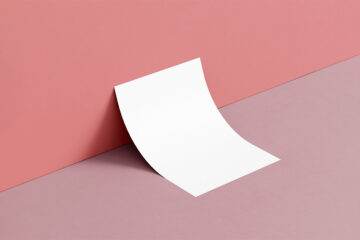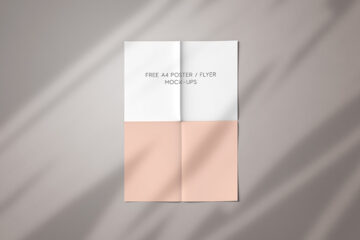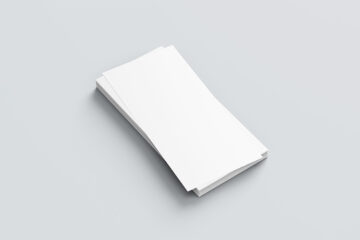In the fast-paced world of graphic design, efficiency is key. Designers are constantly seeking ways to streamline their workflow without compromising on the quality of their creations. One indispensable tool that contributes significantly to this efficiency is the flyer mockup. This blog post will delve into the specific benefits of flyer mockups for graphic designers, focusing on the crucial aspect of “Time and Cost Savings.”
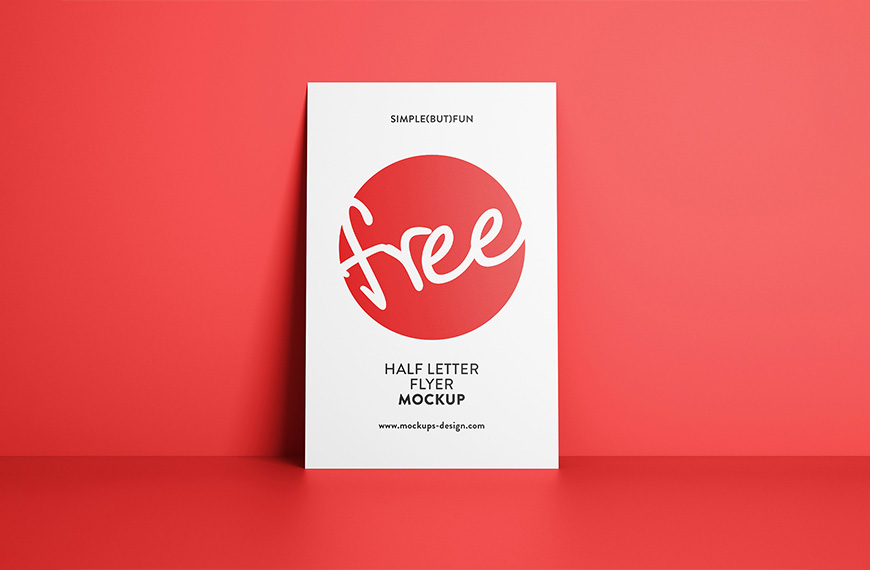
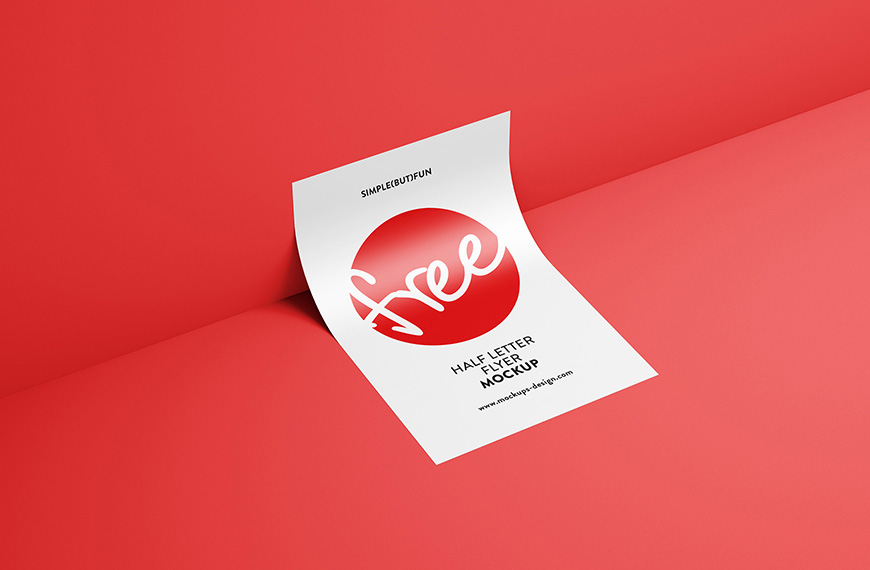
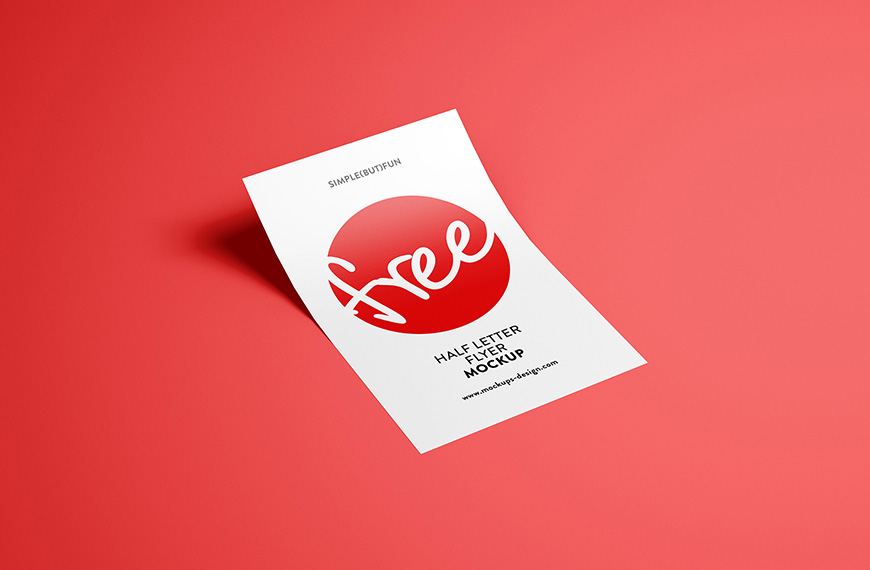
Iterative Design Process
Flyer mockups facilitate an iterative design process, allowing designers to experiment with various layouts, colors, and elements without the need for constant printing and prototyping. This iterative approach enables designers to refine their creations rapidly, saving substantial amounts of time that would have otherwise been spent on repetitive physical prototypes.
Reduced Printing Costs
Traditionally, designers would create physical prototypes for each design iteration, incurring significant printing costs. Flyer mockups eliminate the need for frequent printing by providing a digital platform for experimentation. Designers can assess and adjust their creations digitally, reducing the financial burden associated with printing multiple versions of a design.
Quick Client Reviews
Time is of the essence in the design industry, especially when working with clients who have tight deadlines. Flyer mockups enable designers to present their concepts quickly and efficiently. Clients can review digital mockups in real-time, providing feedback without the delays associated with physical prototypes. This streamlined communication process accelerates the design approval cycle, ultimately saving valuable time.
Digital Collaboration
The digital nature of flyer mockups facilitates collaboration among team members, regardless of geographical distances. Designers can share mockups with colleagues or clients online, allowing for real-time collaboration and feedback. This digital collaboration eliminates the need for physical meetings and shipping prototypes, contributing to significant time and cost savings in project management.
Efficient Revisions
Client feedback often necessitates revisions to the design. Flyer mockups simplify the revision process, as designers can make quick adjustments digitally. This efficiency ensures that the design evolves seamlessly, meeting client expectations without the need for time-consuming back-and-forths or extensive reprints.
Adaptability to Digital Platforms
In an era dominated by digital communication, designs often need to be adapted for various online platforms. Flyer mockups allow designers to visualize how their creations will appear on digital channels without the need for physical prototypes. This adaptability ensures that designs are optimized for online use, saving both time and resources in the process.
Conclusion
The adoption of flyer mockups in graphic design not only enhances the quality of presentations but also results in significant time and cost savings. Designers can navigate the design process more efficiently, iterate rapidly, and collaborate seamlessly with clients and team members. By reducing the reliance on physical prototypes and embracing the digital versatility of flyer mockups, graphic designers can optimize their workflow, meet deadlines more effectively, and ultimately contribute to a more resource-efficient and economically viable design practice.
| Author | Mockups Design |
| File Type | .psd |
| Layered | Yes |
| Smart-Object | Yes |
| License | Commercial Use |




